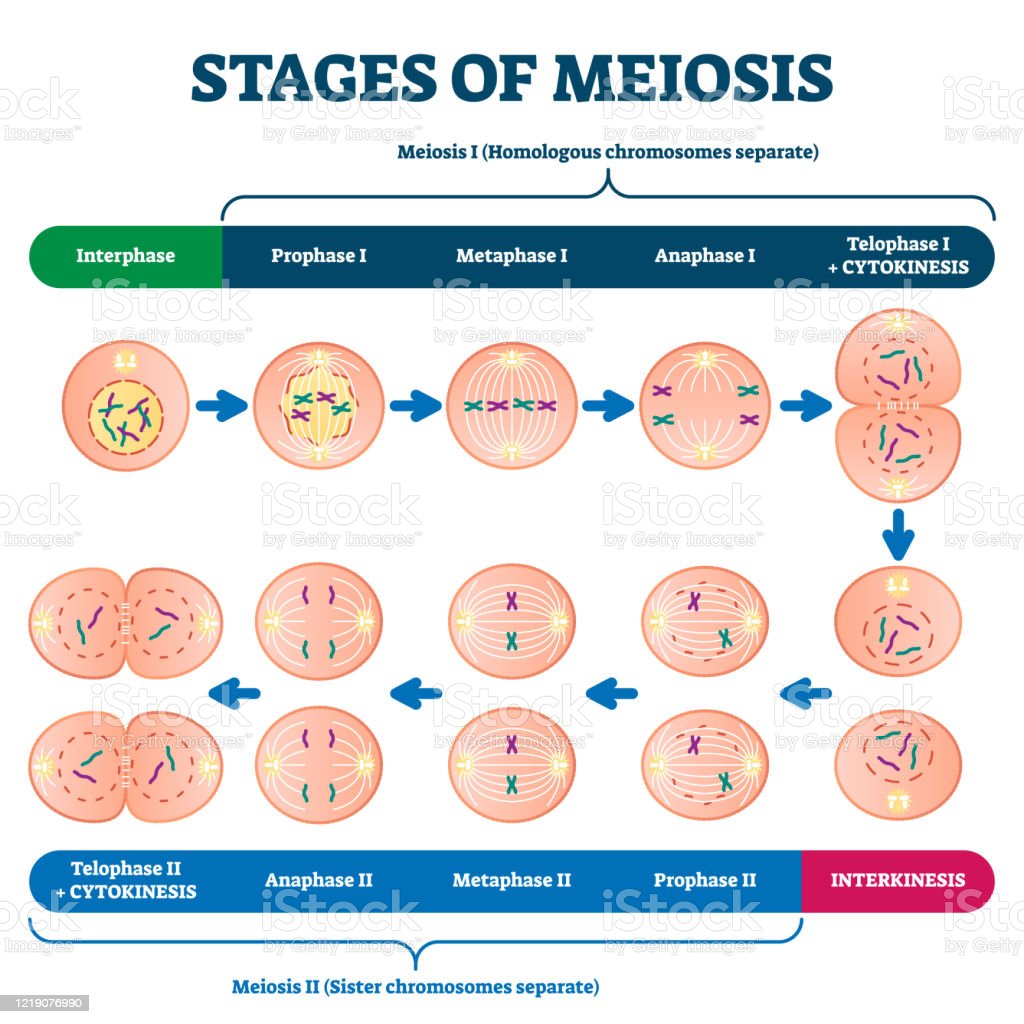"Cell Division: The Key to Health, Healing, Renewal, Reproduction and growth''.
Cell Division:
Definition of Cell Division:
- Cell division is the process by which a parent cell divides into two or more daughter cells, allowing growth, repair, and reproduction of organisms.
- It is a fundamental process in all living organisms and plays a crucial role in maintaining tissue integrity, replacing damaged cells, and ensuring proper growth and development.
Cell Cycle:
Definition of Cell Cycle:
- The cell cycle is the series of events that occur in a cell's life, from its formation to its division into two daughter cells.
- It consists of several distinct phases, each with specific functions and regulatory mechanisms.
Stages of the Cell Cycle:
Interphase:
- Interphase is the longest phase of the cell cycle and prepares the cell for division.
- It can be further divided into three sub-phases: G1 (Gap 1), S (Synthesis), and G2 (Gap 2).
- During G1, the cell grows, synthesizes proteins, and carries out its normal functions.
- In the S phase, DNA replication occurs, ensuring each chromosome duplicates before cell division.
- G2 is a phase of preparation for mitosis or meiosis, where the cell synthesizes organelles and proteins needed for division.
Mitosis:
Definition of Mitosis:
- Mitosis is a type of cell division that leads to the formation of two genetically identical daughter cells from a single parent cell.
- It occurs in somatic (non-reproductive) cells and is responsible for growth, tissue repair, and asexual reproduction in some organisms.
Stages of Mitosis:
Prophase:
- Chromatin condenses into visible chromosomes.
- The nuclear envelope breaks down.
- Spindle fibers form and extend from centrosomes to opposite poles.
Metaphase:
- Chromosomes align at the cell's equator which is also known as metaphase plate
- Spindle fibers gets attached to the centromere of each chromosome.
- Chromosomes align at the cell's equator which is also known as metaphase plate
Anaphase:
- The Sister chromatids gets separated and moves to the opposite poles of the cell.
- Spindle fibers shorten and assist in the chromosome movement.
Telophase:
- Chromosomes decondense back into chromatin.
- Nuclear envelopes reappear around each set of chromosomes.
- The spindle apparatus disassembles.
Cytokinesis (often overlaps with Telophase):
- The division of the cell's cytoplasm into two daughter cells.
- In animal cells, a contractile ring forms and pinches the cell membrane.
- In plant cells, a cell plate forms, which eventually becomes the cell wall separating the daughter cells.
- Meiosis:
Definition of Meiosis:
- Meiosis is a specialized form of cell division that occurs in reproductive cells (germ cells) and leads to the formation of gametes (e.g., sperm and egg cells).
- Unlike mitosis, meiosis involves two rounds of division (meiosis I and meiosis II) to reduce the chromosome number by half and generate genetic diversity.
Stages of Meiosis:
Meiosis I:
Prophase I:
- Chromosomes condense, and homologous pairs undergo synapsis, forming tetrads.
- Crossing over occurs, leading to the exchange of genetic material between homologous chromosomes.
Metaphase I:
- Tetrads align at the cell's equator.
- The Spindle fibers gets attached to the centromere of each homologous chromosome.
Anaphase I:
- Homologous chromosomes gets separated from each other and moves to opposite poles of the cell.
Telophase I:
- Chromosomes may or may not decondense.
- Cytokinesis occurs, forming two haploid daughter cells.
Meiosis II:
Prophase II:
- Chromosomes condense again (if they decondensed during Telophase I).
- The nuclear envelope again breaks down (if reformed)
Metaphase II:
- Chromosomes align at the cell's equator.
- Spindle fibers attach to the centromere of each sister chromatid.
Anaphase II:
- Sister chromatids separate and move to opposite poles of the cell.
Telophase II:
- Chromosomes decondense into chromatin (if they condensed during Prophase II).
- Nuclear envelopes reappear around each set of chromosomes.
- Cytokinesis occurs, resulting in the formation of four haploid daughter cells (gametes).
Overall, cell division is a tightly regulated and essential process for the growth, development, and reproduction of living organisms, with mitosis and meiosis being the two primary modes of division responsible for distinct cellular functions.



